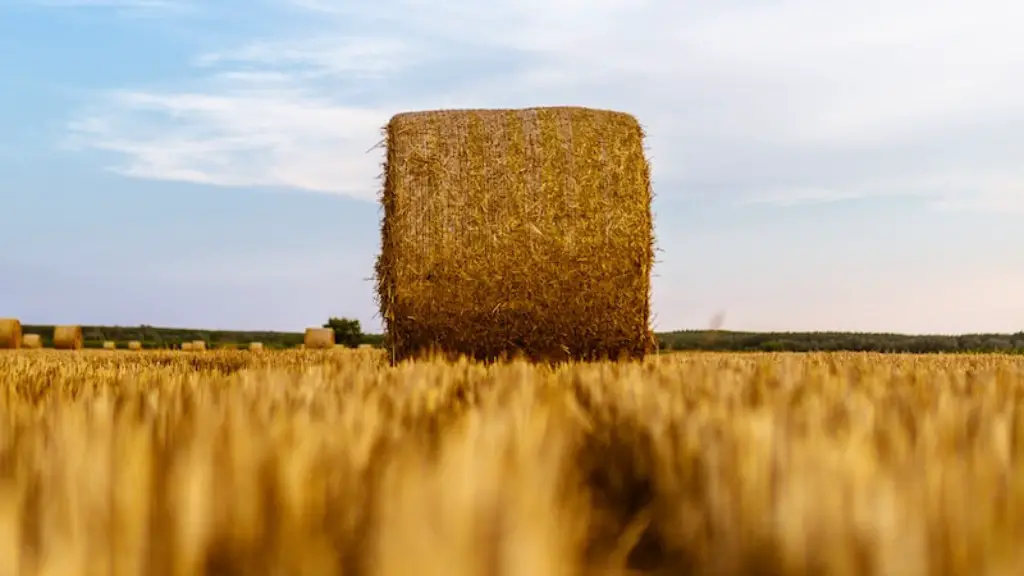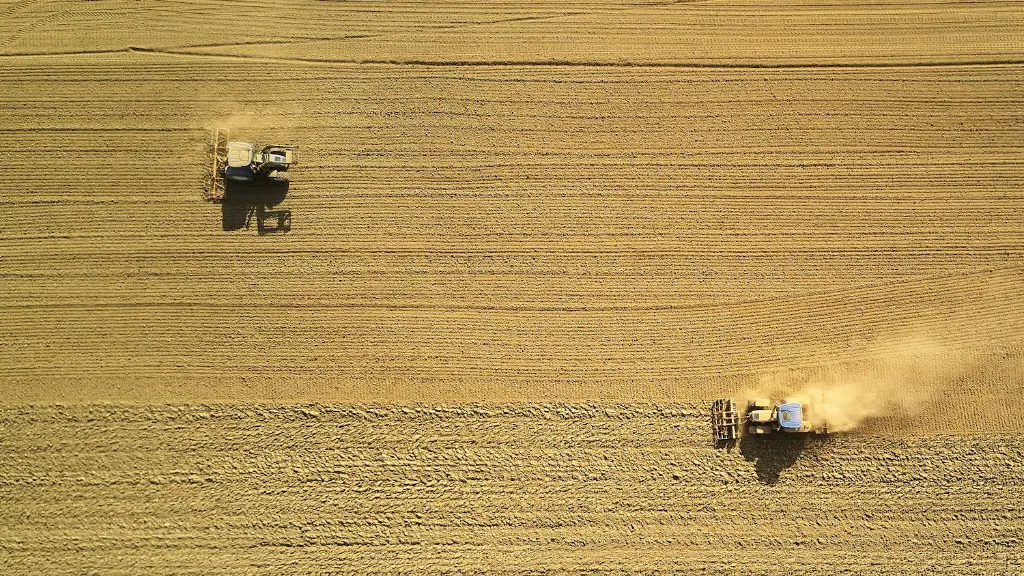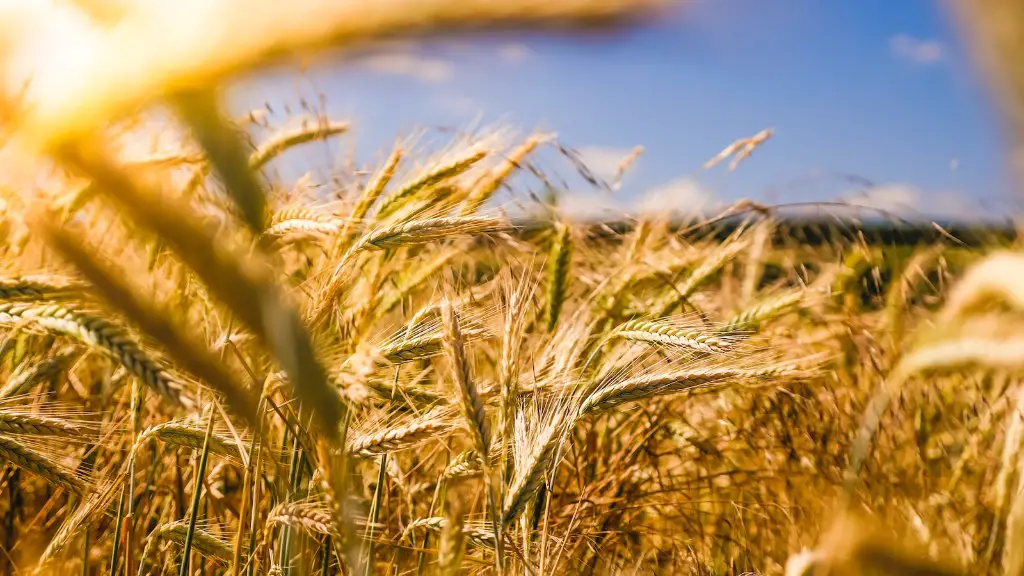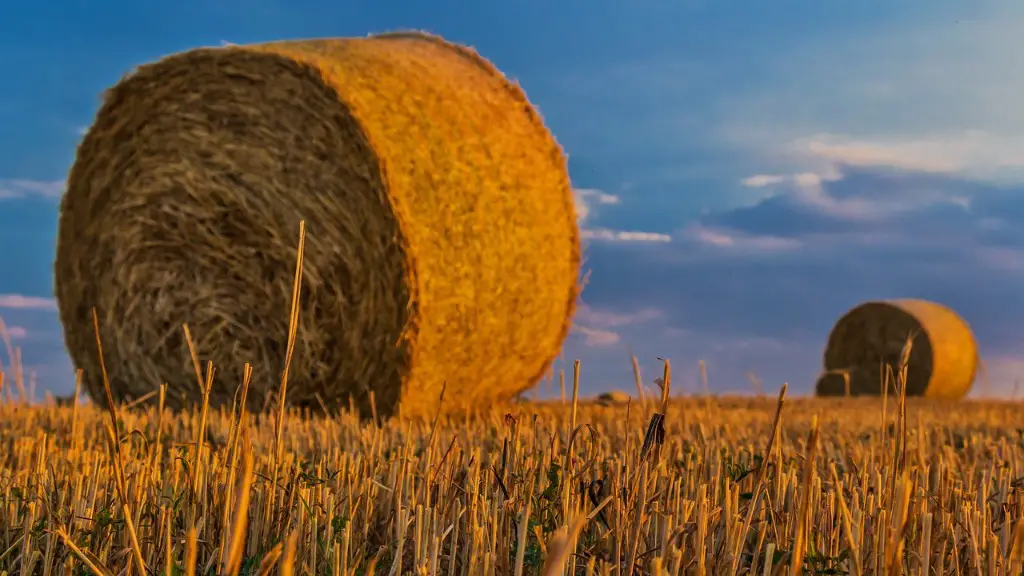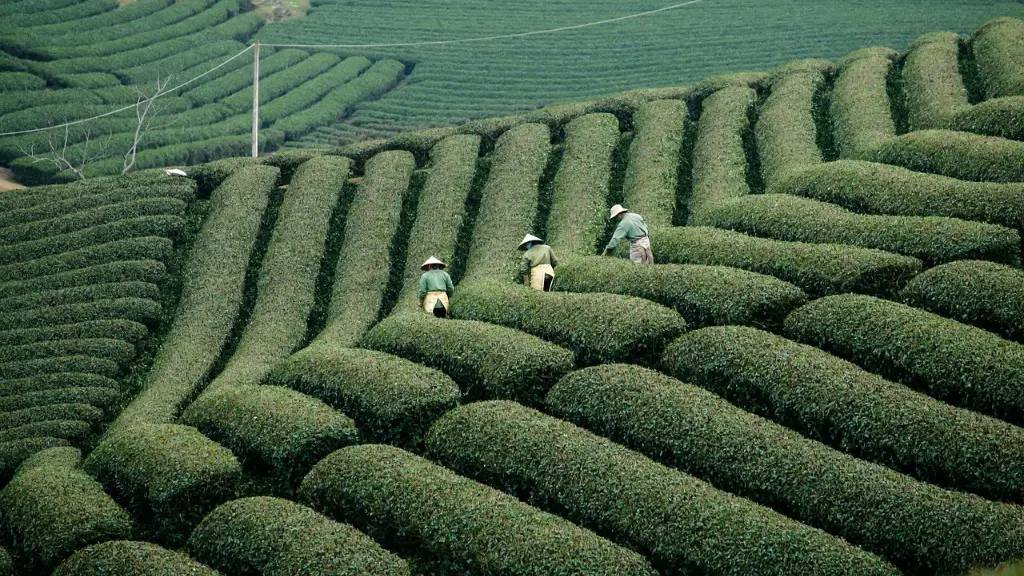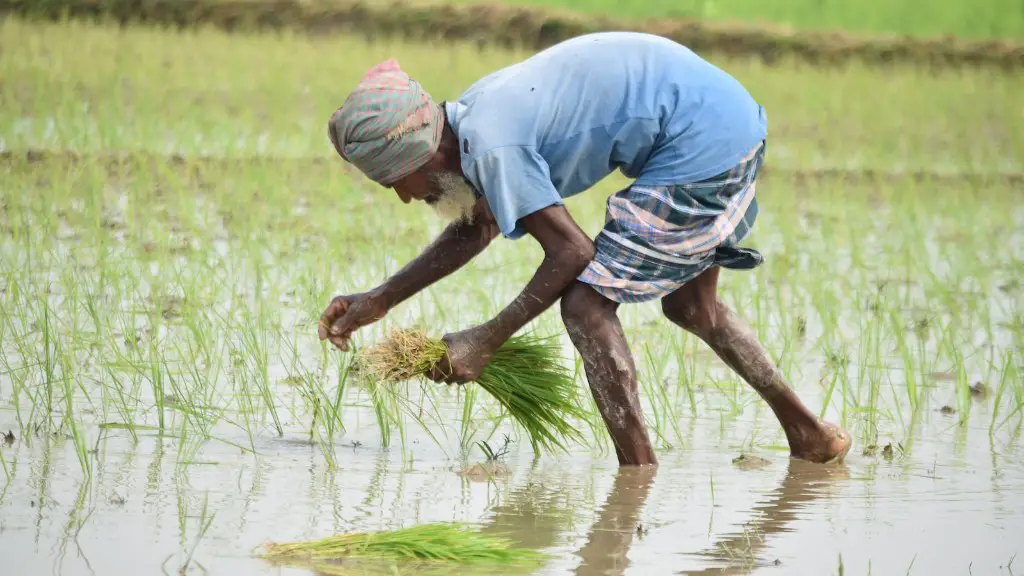The development of agriculture in Ancient Egypt was a gradual process that was incredibly important to the culture and growth of the region. Ancient Egyptians relied heavily on the fertile lands along the Nile River to grow crops and sustain their population. The River Nile was crucial to farming in Ancient Egypt and the rise of the Egyptian civilization. The annual flooding of the Nile deposited rich silt on the banks of the river which made the land extremely fertile and ideal for crops. This allowed the Ancient Egyptians to develop a complex agricultural system that was able to support the large population of the region. Agriculture not only provided food for the people of Ancient Egypt, but it also allowed for the growth of other industries such as textile production and pottery making. The development of agriculture was a fundamental factor in the growth and prosperity of Ancient Egypt.
The development of agriculture in Ancient Egypt allowed for the domestication of plants and animals, which led to the emergence of settled communities and the growth of civilizations. Agriculture allowed for the growth of cities and the rise of empires. It also allowed for the development of trade and commerce, which contributed to the economic growth of Egypt.
How did the development of agriculture influence the development of culture?
When early humans began farming, they were able to produce enough food that they no longer had to migrate to their food source. This meant they could build permanent structures, and develop villages, towns, and eventually even cities. Closely connected to the rise of settled societies was an increase in population.
The first evidence of agricultural practices in Egypt dates back to the Predynastic Period, around 6000-3150 BCE. TheDelta Region in the north and the Faiyum basin were the first areas to see farming. However, there are signs that agricultural practices were used and abused as early as 8000 BCE.
Over-farming and irrigation can lead to soil erosion and loss of nutrients. This can have a devastating effect on crop yields and the overall health of the land. It is important to be mindful of these dangers when using any land for agriculture.
What was the agriculture in Egyptian civilization
The ancient Egyptians grew a variety of crops, including wheat, barley, vegetables, figs, melons, pomegranates and vines. The most important crop was grain, which was used to make bread, porridge and beer. Flax was also grown and used to make linen.
The development of agriculture in ancient Egypt was facilitated by a number of factors, including the river Nile, the fertile soil of the Nile Valley, and the warm climate. The invention and use of irrigation techniques, such as the Shadoof and Basin methods, also played a role in the advancement of agriculture in this region.
What were the effects of early agriculture in Egypt and Mesopotamia?
The Egyptians developed a complex and efficient agricultural system that allowed for increased food production, regular food supplies, permanent settlement, and trade. The key components of their system were irrigation, crop rotation, and the use of animal power.
The abundance of food supplies allowed for the growth of denser populations and the development of small settlements into towns and cities. Agriculture allowed people to pursue other interests beyond simply worrying about where their next meal would come from. This led to the development of new technologies, art, and culture.
What was the main reason why agriculture developed in Egypt?
The Nile River was critical to the development of ancient Egyptian civilization. The river’s dependable seasonal flooding and fertile soil allowed the Egyptians to build an empire on the basis of great agricultural wealth. Without the Nile, ancient Egypt would not have been the great civilization that it was.
Agriculture was the chief occupation of the Egyptians. The Nile provided water for irrigation and the Egyptians farmers could grow crops on the fertile land year after year. Their chief crops were wheat, barley and millet.
What was Egyptian agriculture dependent on
The Egyptian agriculture is based on irrigation from the Nile and groundwater. The basis of the agriculture is the kharif crop, which is planted in early July and harvested in November. The mainstay of the Egyptian diet, however, is the wheat crop, which is planted in November and harvested in March.
Agriculture is a vital part of the Egyptian economy, contributing a large percentage of the country’s gross domestic product. The agricultural sector is a major source of employment, accounting for a significant proportion of all jobs in the country. In Upper Egypt, agriculture is the primary source of employment for over 55 percent of the population.
Why was agriculture the most important economic activity in ancient Egypt?
Agriculture was a major part of ancient Egypt’s economy and it thrived because of the climate and the Nile River. The climate in Egypt is warm year-round, which is ideal for agriculture. The Nile River also provided Egyptians with as many as three harvests each year. Ancient Egypt also had many natural resources, including flax, papyrus, stone, and gold. These resourceswere essential for the ancient Egyptians and helped to make their economy thrive.
The ancient Egyptians settled and built their civilization in a very specific way that was greatly influenced by the Sahara desert, the Nile River and the abundance of rock. All of these factors combined created a land that was perfect for early human settlement. The Sahara desert provided a stable climate that was perfect for agriculture, and the Nile River provided a reliable source of water for drinking, irrigation and transportation. The abundance of rock in the area allowed the Egyptians to build strong and durable structures that have stood the test of time. All of these factors together created a perfect environment for the ancient Egyptians to thrive in.
What are the two main factors that influence agriculture
Soil and climate are both important factors in agriculture. The soil needs to be deep and nutrient-rich, while the climate needs to be sunny, humid, and rainfall. Both of these factors play a vital role in agriculture and need to be taken into consideration when developing a farm.
Environmental factors that play a role in crop agriculture include the terrain of the land, the climate, the soil properties, and the amount of soil water. The combination of these four factors determines which crops can be grown in certain areas. For example, a region with a warm climate and fertile soil may be able to support a wider variety of crops than a region with a cold climate and rocky soil.
How did agriculture change Egyptian society quizlet?
Agriculture has always been an important part of Egyptian society. The Nile River made for more efficient farming and a stable food supply, since it left behind fertile soil. The development of irrigation systems and new methods of farming allowed the Egyptians to grow more food, which led to a population boom. This, in turn, led to the development of cities and the rise of the Egyptian civilization.
The increased production of food led to a regular supply of food, which in turn led to an increase in population. The surplus agricultural production resulted in trade, such as the exchange of food for pots and tools. The invention of writing, arithmetic, and geometry was due to the need to keep records.
What are positive effects of agricultural development
Urban farming has a variety of benefits that are becoming more and more acknowledged as the trend gains popularity. These benefits include lower greenhouse gas emissions, minimal transportation requirements, and reduced energy use for food production. As more people become aware of the benefits of urban farming, it is likely that the trend will continue to grow.
Farming allowed people to stay in one place and not have to travel to find food. They could grow crops or raise animals on nearby land. This led to the development of settlements and the building of stronger, more permanent homes. People also built walls around their settlements to protect themselves.
Conclusion
The development of agriculture in Egypt was a major factor in the country’s growth and prosperity. Agriculture allowed for a stable food supply, which meant that the population could grow and the economy could develop. Agriculture also allowed for the development of trade and commerce, as agricultural goods could be traded for other goods and services. The development of agriculture was thus a key factor in the development of ancient Egypt.
The development of agriculture has had a profound influence on Egypt. It has allowed the country to become one of the leading producers of food in the world and has helped to improve the standard of living for the people of Egypt. Agriculture has also played a role in the country’s economic development, providing jobs for millions of Egyptians.
